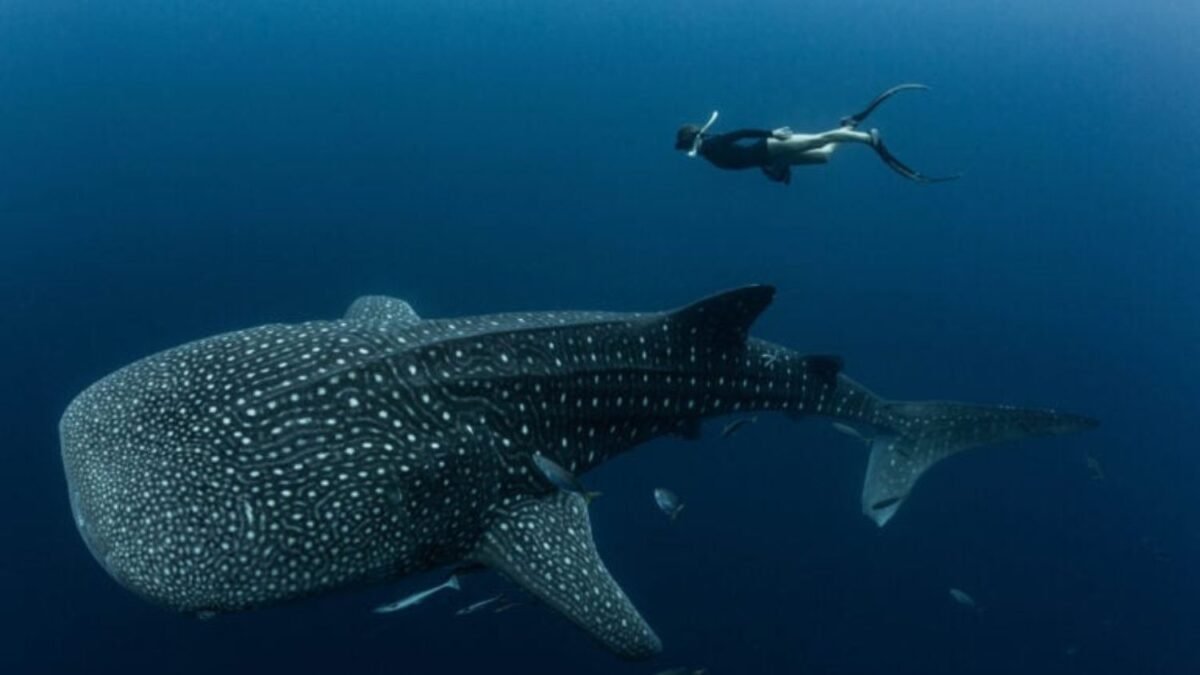Almost all whale sharks in this tourist destination bear scars caused by humans

The Vulnerable Giant
The world’s largest fish has reasons to fear people. A new research study shows that many whale sharks in a popular and protected tourist region have scars caused by human activities.
A large group of marine scientists studied over a decade of whale shark sightings in the Bird’s Head Seascape, off the coast of Indonesia. Among other things, they found that more than half of the sharks had injuries attributable to humans. Many of these injuries were preventable, the researchers claim, and simple measures could ensure the safety of these gentle giants in the future.
Common Yet Avoidable Damage
According to Edy Setyawan, previous studies on the health of the whale shark population were limited to short-term monitoring or brief counts in specific locations. In their new study, the team was able to analyze 13 years of sightings (from 2010 to 2023) from four regions in the area.
The Bird’s Head Seascape is remarkable for its diversity, containing three-quarters of the world’s coral species, along with many other migratory species like the whale shark. It is a popular destination for marine tourism, with a network of 26 different Marine Protected Areas.
Although the researchers mainly studied past data collected during their work, they also relied on photos taken by tourism operators and citizen scientists. They identified 268 whale sharks, and of those, around 200 had visible injuries. Of these, 80% had injuries determined to be caused by humans (58.3% had injuries from natural causes, and some sharks had mixed wounds).
In a positive aspect, injuries caused by humans in severe cases like amputations were rare (17.7%). The most common injuries related to human activity were from collisions of whale sharks with boats and bagans, which are fishing platforms with nets and lights.
The team published their work on Thursday in Frontiers in Marine Science.
Positive Steps Towards Conservation
Fishing and marine tourism are an important part of the local economy, including whale shark watching tours. Although the growing popularity of these tours could result in more whale sharks being injured, researchers argue that it doesn’t have to be that way.
They propose simple steps that could greatly reduce injuries to whale sharks, such as stricter regulations requiring fishermen and bagan owners to remove sharp edges on their platforms. Measures related to tourism, such as limiting boat traffic, imposing speed limits, and promoting responsible diving or snorkeling, would also help reduce the number of injuries, according to Setyawan.
There were also positive outcomes in this work. They learned a lot about these majestic aquatic creatures, including the most popular habitat regions. Most of the sharks found were also young males, suggesting that the area is a good place for this species to raise their young.
The next plan to track annual population trends of whale sharks involves tagging animals and satellite tracking. This will also help answer important questions, such as whether these populations migrate to other regions.






